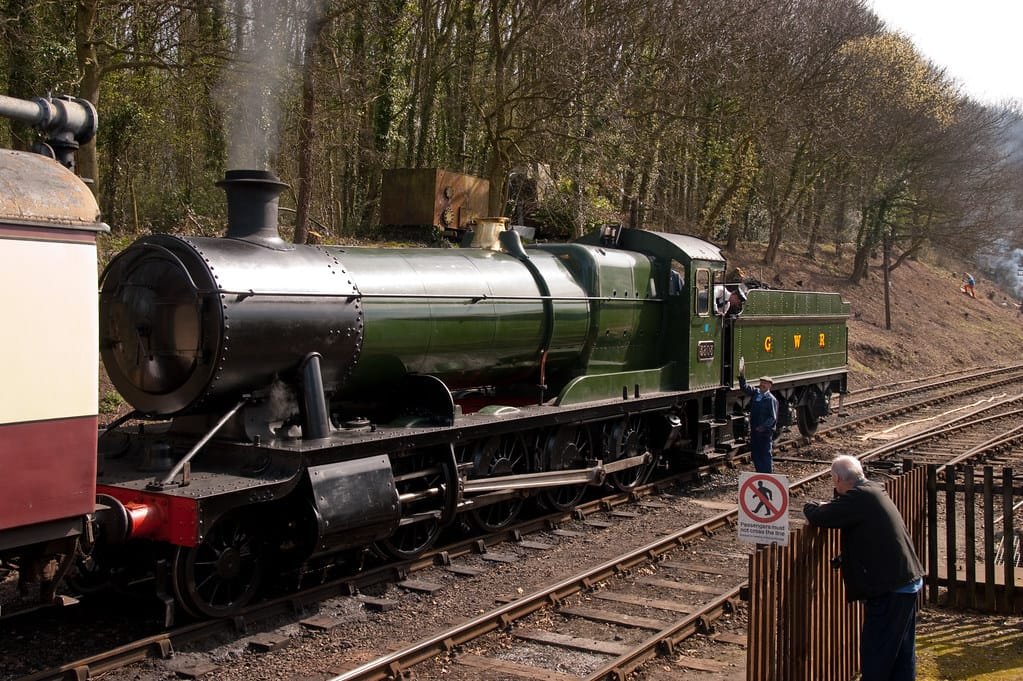
The Museo del Ferrocarril de Madrid is one of Spain’s most significant institutions dedicated to railway heritage, housed in the historic Delicias station—a landmark of 19th-century industrial architecture. Its story begins in 1948, when RENFE organized an exhibition in Barcelona to commemorate the centenary of the Barcelona–Mataró line, Spain’s first railway. This event sparked interest in preserving railway artifacts and laid the groundwork for a future museum.
Despite initial enthusiasm, the idea of a permanent museum didn’t gain traction until the 1960s, when Spain celebrated the centenaries of other major lines like Madrid–Zaragoza and Madrid–Irún. In 1967, RENFE opened a small museum in the Palacio de Fernán Núñez, showcasing models, engravings, and historical objects. This “salon museum” served as a temporary solution while plans for a larger institution were developed.
A turning point came in 1980, when RENFE and the Ministry of Culture agreed to restore the Delicias station for museum use. Opened in 1880 by King Alfonso XII and Queen María Cristina, the station was designed by French engineer Émile Cachelièvre and featured a striking iron-and-glass train shed inspired by European architectural trends of the time. Though it ceased passenger operations in 1969, its grandeur made it an ideal venue for a museum. Restoration efforts preserved its architectural integrity while adapting it for public exhibitions.
The museum officially opened on 19 December 1984, under the name Museo Nacional Ferroviario. It was managed by the Fundación de los Ferrocarriles Españoles from 1985 onward and became part of Spain’s national museum network in 2009. Its mission includes promoting railway history, encouraging research, and showcasing the social and economic impact of rail transport. The museum’s collection features steam and diesel locomotives, passenger carriages, signalling systems, and railway memorabilia. Notable pieces include the “Taurus” diesel locomotive and a hydraulic signalling system from Algodor.
Beyond its static displays, the museum offers interactive experiences such as model railways, a Renfe simulator room, and the popular “Strawberry Train” to Aranjuez, which uses vintage rolling stock. It also houses Spain’s only dedicated railway archive and library, preserving documents and publications for scholars and enthusiasts. The museum’s commitment to education and public engagement has made it a beloved cultural institution in Madrid.
The Delicias station’s cinematic appeal has also made it a sought-after film set. Productions such as Doctor Zhivago, Cable Girls, and Cuéntame cómo pasó have used its evocative architecture to recreate historical settings. Today, the Museo del Ferrocarril continues to celebrate Spain’s railway legacy, offering visitors a journey through time in one of Europe’s most atmospheric transport museums.
This information was generated using AI and is based on publicly available sources, including the Museo del Ferrocarril’s official website, Wikipedia, and esmadrid.com.